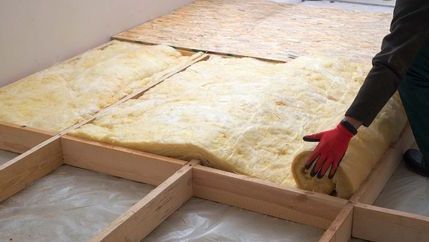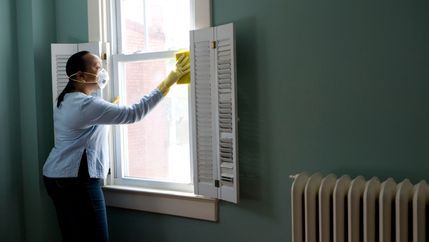
Propertymark wants everyone to have access to efficient and economical homes, and we urge the Scottish Government to ensure this can be achieved by developing realistic, well-supported, and deliverable proposals.
We will respond to the consultation and urge our members in Scotland to share their views and experiences with us at [email protected]. We will continue to press for a balanced, fair approach that considers the age and condition of PRS stock, and the vital role that letting agents and landlords play in providing homes across the country.
View details of the consultation →
A reworked approach
The proposals mark a renewed attempt to legislate minimum standards for energy performance in the PRS, following the withdrawal of similar draft regulations in 2020 which were abandoned following widespread concerns over implementation challenges, especially for older and hard-to-treat properties.
In this latest consultation, the Scottish Government has revisited and revised its approach, drawing on feedback from previous consultations and aligning with new climate and fuel poverty targets.
The updated draft regulations now aim to introduce a phased MEES requirement, starting from April 2028 and concluding at the end of 2033. These dates are designed to allow time for landlords to plan and undertake improvement works, while also avoiding a last-minute rush that could overwhelm supply chains and local authorities.
The updated benchmark: EPC HRR Band C
The new minimum standard is based on the Heat Retention Rating (HRR) that will be introduced as part of the reformed Scottish EPC system. This rating focuses on the energy efficiency of a property’s fabric and heating system, providing a clearer link between upgrades and actual reductions in energy demand and emissions.
The draft regulations propose that from 1 April 2028, all newly let private rented properties must meet EPC HRR band C. From 31 December 2033, this requirement will extend to all PRS tenancies. Properties that do not meet the standard may not be let unless the landlord has undertaken all applicable improvements or registered a valid exemption.
At present, around 52 per cent of homes in the Scottish PRS already meet EPC Band C under the existing system. However, the Scottish Government acknowledges that due to the reformed metrics, some properties that currently appear compliant may fall below the new standard once the HRR is introduced.
Exemptions and compliance
Recognising the diverse nature of Scotland’s housing stock, the regulations include provisions for exemptions where compliance would not be reasonable or feasible. These include exemptions based on third-party consent being denied, negative impacts on the structure or fabric of the building, temporary exemptions due to change of ownership, and a cost cap.
A proposed cost cap of £10,000 would apply per property, covering all eligible works including new EPC assessments. If a landlord can show they have carried out all relevant improvements up to this threshold, but the property still does not meet HRR band C, they may register an exemption.
Enforcement responsibilities will lie with local authorities, who will be able to issue compliance notices and financial penalties for non-compliance. Penalty levels are still to be determined but may include fines of up to £30,000, in line with UK Government proposals for similar regulations in England and Wales.
Implications for the sector
The proposals present a significant challenge for landlords, especially those with traditional or tenement buildings, which make up a large proportion of the Scottish PRS. Nearly two-thirds of PRS properties are flats, and more than one-third were built before 1919. These buildings often require more extensive and costly measures to improve their energy efficiency.
The Scottish Government acknowledges these challenges and has pledged to commission further analysis to better understand how homes perform under the new HRR. However, until this modelling is complete and further clarity on exemptions and support is provided, many landlords and agents will remain uncertain about how to plan for compliance.
Propertymark has consistently argued that improvements in energy efficiency must be fair and achievable. We are calling for adequate grant funding, low-interest loan schemes, and tailored advice for landlords. Without meaningful support, there is a risk that some landlords may exit the sector, which would reduce the supply of rented homes and worsen housing availability for tenants.
Background and broader context
The introduction of MEES in the PRS forms part of the Scottish Government’s broader Heat in Buildings Strategy, which aims to reduce emissions from Scotland’s building stock by 68 per cent by 2030. Improving energy efficiency is also central to the Fuel Poverty Strategy, which aims to ensure that no more than 5 per cent of households are in fuel poverty by 2040.
The EPC reform process is ongoing, with new regulations expected to be introduced to Parliament in September 2025 and come into force by autumn 2026. The new HRR system will form the basis of the MEES standard, making it vital that landlords understand the changes and assess how their properties will be affected.
Energy efficiency
The UK housing stock is amongst the least energy efficient in Europe and the Committee on Climate Change says that energy use in homes accounts for about 14 per cent of UK greenhouse gas emissions. Non-domestic buildings account for around one-third of UK emissions from the building stock.










